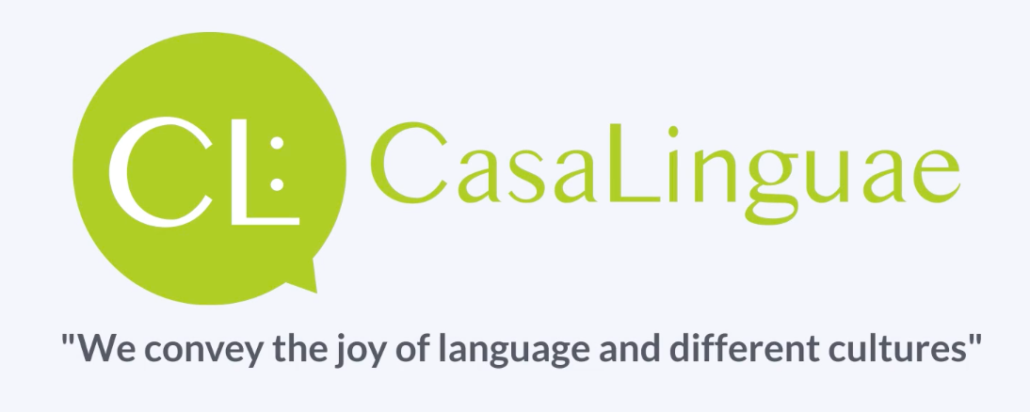Teaching Languages in a Brain-Friendly Way
Back in school, there were always those who learned foreign languages with ease and others who really struggled. Were some just smarter than the rest? Hardly. It’s more likely that teaching methods played a major role. Today, in the age of brain-based learning, this assumption is well supported.
At CasaLinguae, our goal is to help our participants learn a language in a sustainable way. This is only possible if we, as trainers, take learning styles into account when designing our lessons.
Language Lessons at CL: CasaLinguae
Since our brains all work a little differently, every participant learns differently in language classes. That’s why it’s important to respond to the specific needs of each person or group. Even before the course begins, the trainer should ask a few short questions to find out how each participant prefers to learn and what they need to perform at their best.
Some people learn better when they can move around, others like to snack while studying, and some memorize vocabulary more easily by telling stories. At CasaLinguae, we plan our courses and lessons based on the individual learning styles of our participants.
We believe that in a private language school, it should be possible to integrate learning types into lesson planning—because only then can we ensure that most participants are satisfied with their progress and finish the course saying, “I actually learned something, and I can really use it.”
Looking Back at School
When I think back to my school days, the teaching was mostly lecture-based. Students weren’t involved in the lessons, and there was no attempt to understand how each student might learn better or benefit from a particular method.
Designing lessons around individual learning styles gives participants the chance to acquire and retain new vocabulary or sentences in a foreign language in ways that suit them best. Wouldn’t you agree that learning feels more relaxed with music playing in the background or a few healthy snacks on the table?
Some would say yes right away, others wouldn’t. And that’s the whole point: figuring out what each learner needs in order to reach their goal.
Learning Vocabulary
The challenge with rote memorization is that learners might remember individual words but still struggle to form full sentences. To ensure that participants don’t just recognize vocabulary, but understand it in context, it’s especially important to apply the vocabulary in practice.
One tip I always give is to take five to seven new words and actively use them in your work or personal life. In class, we choose those words together and discuss how and where to use them—for example, in an email, in conversations with colleagues, friends, or family.
A method that often proves successful is helping learners create a mental image they can easily recall—essentially a memory aid.
Learning Environment
It’s important to find out when a learner feels most comfortable studying—ideally in or even before the first lesson. Only then can lasting learning take place. A few simple questions are enough to identify what someone needs in order to learn a language effectively.
There are many things learners can’t control. For example, if someone only has time for lessons in the evening but isn’t a night person at all, learning might become a challenge.
But if the trainer is aware of that, they can consider what other conditions might support the learner. For instance, working on certain topics in small groups may help students forget it’s already 8 p.m. and they’d rather be relaxing at home.
Conclusion
Language learning becomes truly sustainable when learners are motivated. Learning is a highly individual process—everyone has their own methods and pace.
As Vera F. Birkenbihl once said: “Nothing comes from nothing.”
Learning doesn’t happen without effort. Our brains benefit from structure—for example, when new vocabulary is quickly placed into a meaningful context we can remember more easily. Discover what kind of learner you are and at what times you’re most effective.
***
Learning Types & Styles
Knowing your learning style helps you absorb information faster and more easily—and makes learning and continuing education more enjoyable. Find out today what kind of learner you are and what influences your learning process.
LSA Mini Complete – Children aged 5 to 10
LSA Junior Complete – Children aged 7 to 13
LSA Senior Complete – Teens aged 14 to 18
LSA Adult – From age 18 and up
Take the learning style test here: Learning Style Prashnig – Learning Styles
Excerpts from TRAiNiNG magazine | Article: “My brother goes to school



